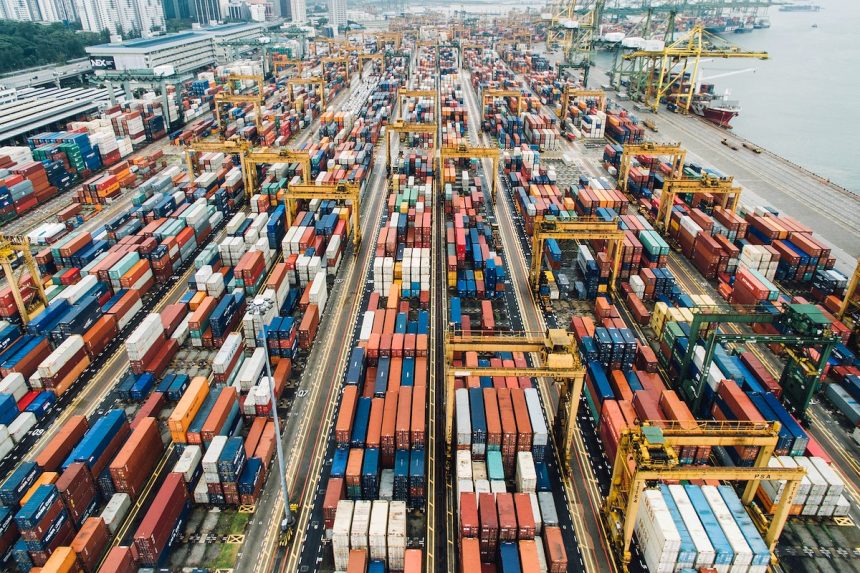China’s export sector showcased unexpected resilience in April 2025, with outbound shipments rising by 8.1% year-on-year, surpassing analysts’ forecasts of a modest 2% increase. This growth occurred despite a significant 21% decline in exports to the United States, attributed to heightened tariffs and escalating trade tensions.
Diversifying Trade Partnerships
The downturn in U.S.-bound exports was counterbalanced by a surge in trade with other regions. Notably, exports to Southeast Asian nations, including Vietnam, Thailand, and Indonesia, increased by 20.8%. Shipments to the European Union and Japan also experienced growth, indicating China’s strategic pivot towards alternative markets amid strained U.S. relations.
Import Trends Reflect Domestic Challenges
While exports exceeded expectations, China’s imports declined by 0.2% in April, a smaller drop than the anticipated 6% decrease. This suggests persistent weakness in domestic demand, despite government efforts to stimulate the economy through monetary easing and fiscal support. The subdued import figures raise concerns about the sustainability of China’s economic recovery.
Implications for Upcoming Trade Negotiations
The robust export performance strengthens China’s position ahead of critical trade talks with the United States scheduled in Geneva. President Trump has hinted at the possibility of reducing tariffs, currently as high as 145%, to 80%, contingent on the outcomes of these negotiations. China’s ability to maintain export growth despite U.S. tariffs may influence the dynamics of these discussions.
Outlook and Potential Risks
Analysts caution that the April export surge may be partly due to front-loading by global buyers aiming to preempt further tariff hikes. Without a resolution to the trade disputes, China’s export momentum could wane in the coming months. Additionally, the ongoing trade tensions pose risks to global supply chains and economic stability.
In summary, China’s export sector has demonstrated remarkable adaptability in the face of U.S. trade challenges. However, the durability of this growth remains uncertain, hinging on the outcomes of impending trade negotiations and the broader global economic environment.











